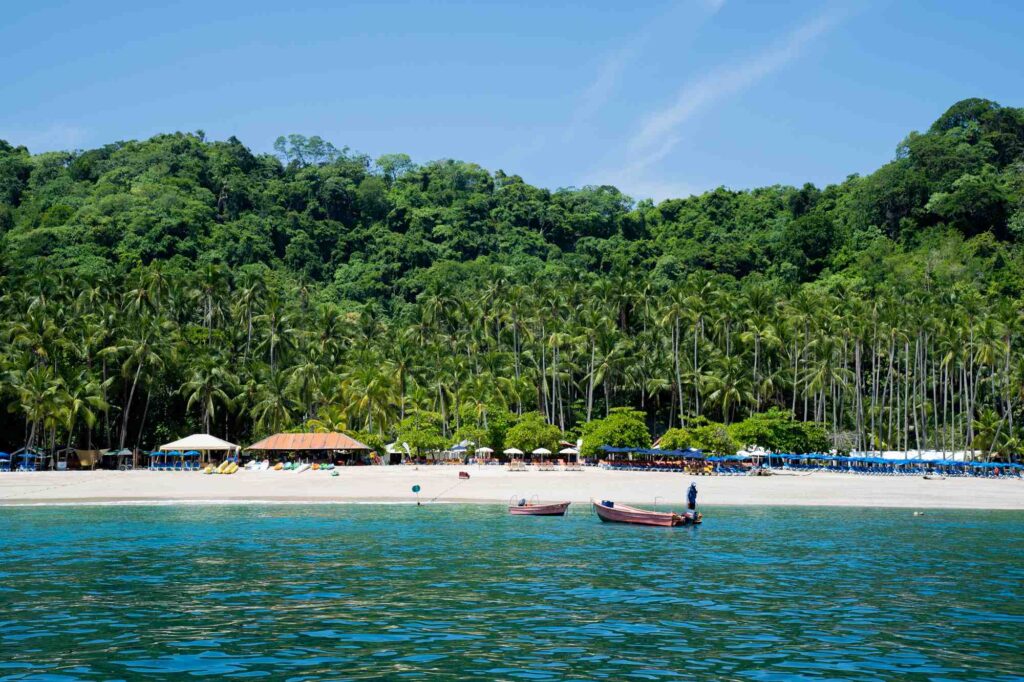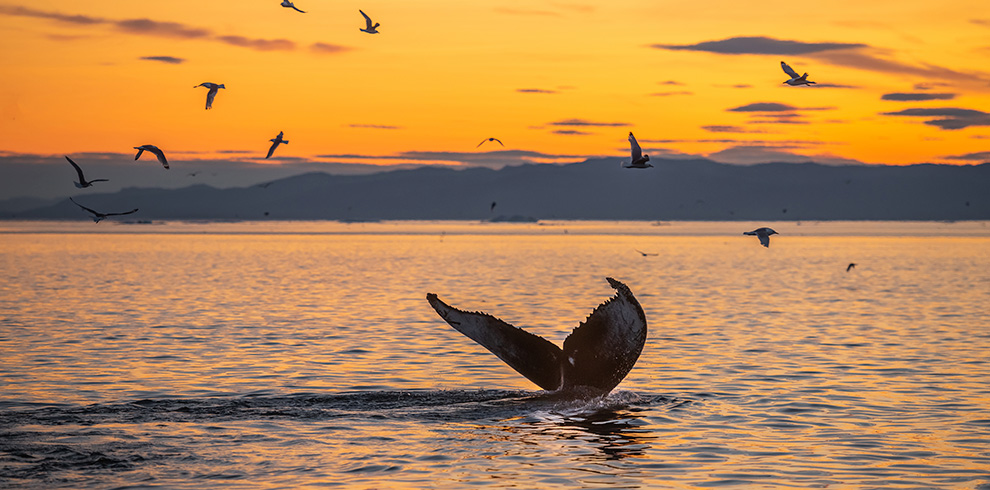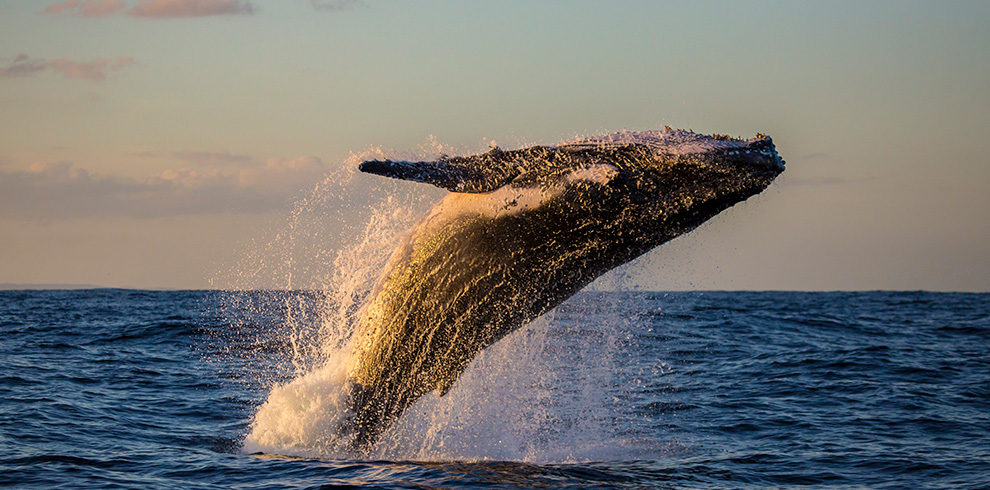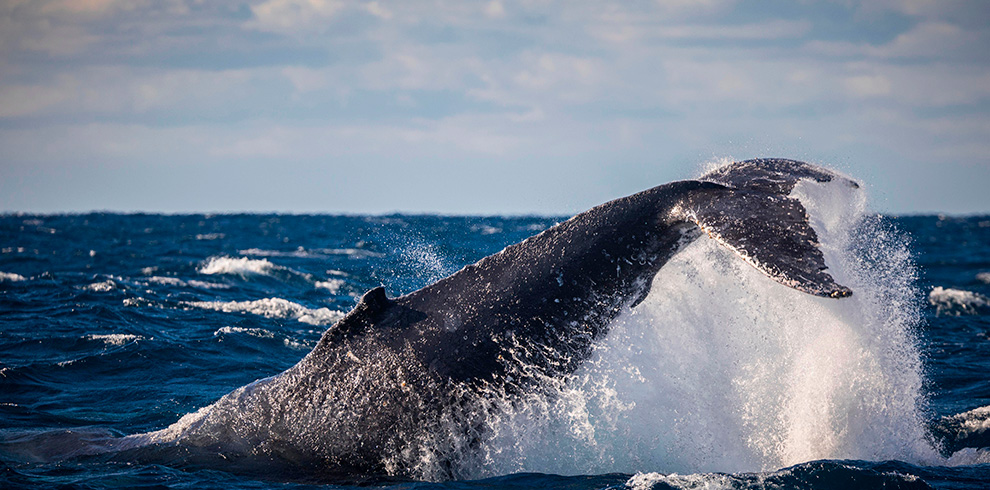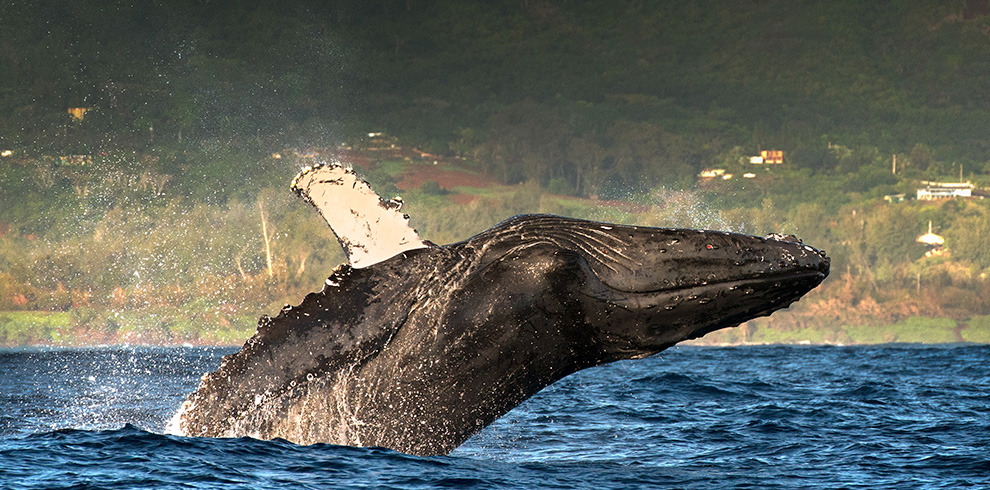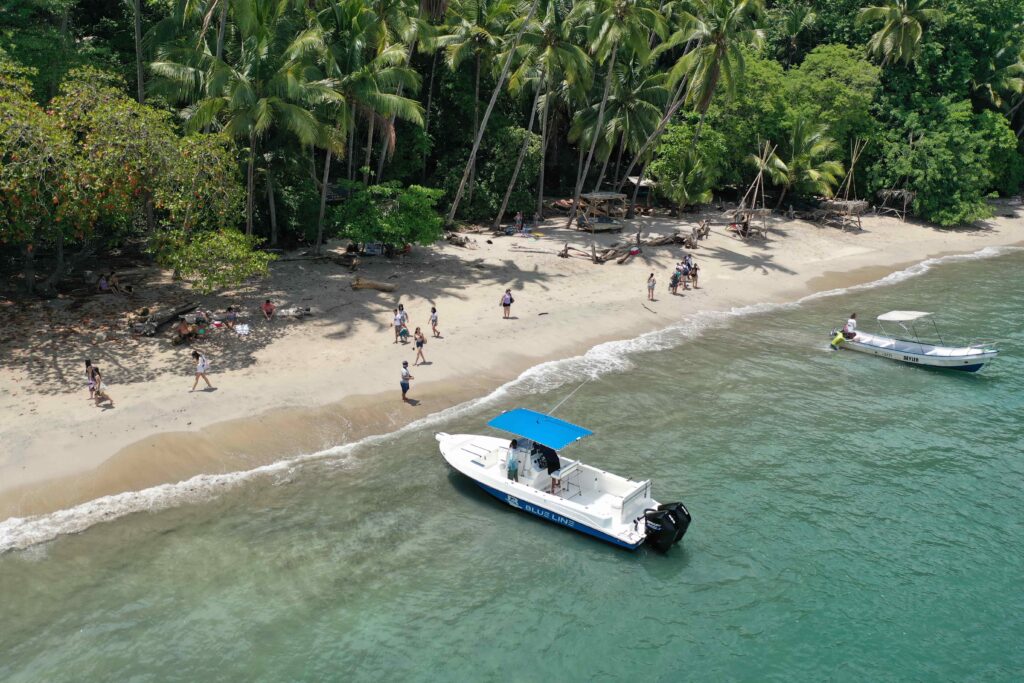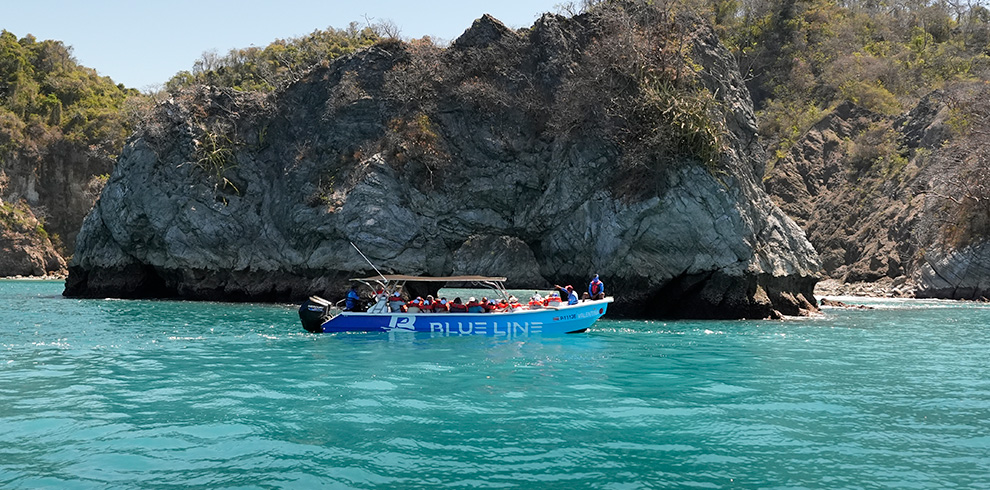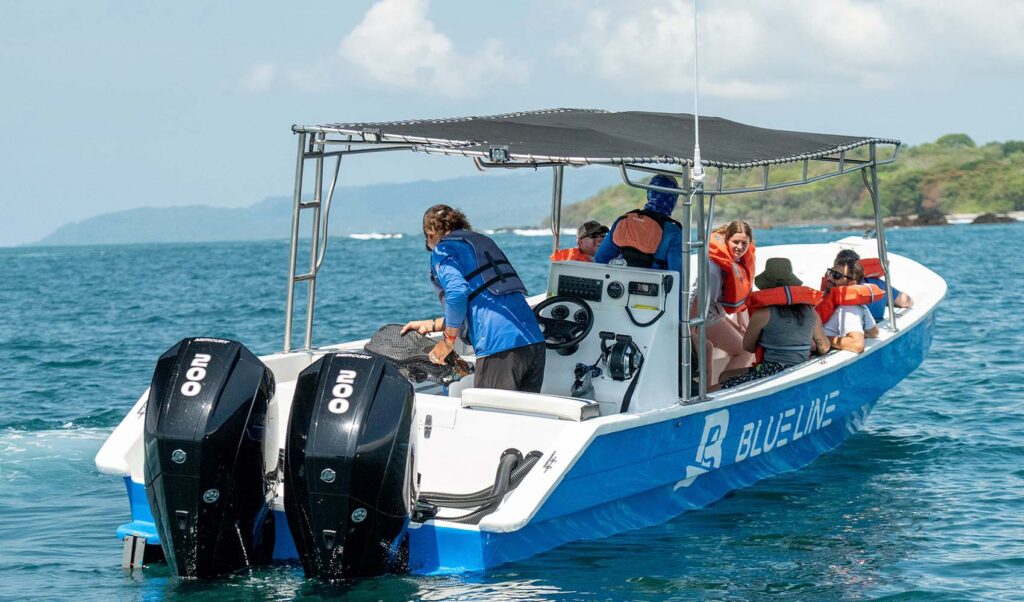- 2
- 1
- 1
- 3
- 12
- 1
- 2
- 9
- 4
Montezuma, Santa Teresa
3 Hours
1-25 People
From Santa Teresa (2 hours) Learn to surf in one of the world's premier surfing destinations. Santa Teresa offers waves suitable for all skill levels,...
$80
Next Departure
Jul 04
Jul 05
Jul 06
Montezuma, Santa Teresa
6 Hours
From Santa Teresa Your magnificent horse will guide you to the stunning hidden beach within Cabo Blanco Nature Reserve, passing through the quaint town of...
19%
Off
Next Departure
Jul 05
Jul 06
Jul 07
Featured
Montezuma, Santa Teresa
2 Hours
Embark on an exhilarating whale watching expedition and experience the awe-inspiring beauty of these magnificent marine creatures in their natural habitat. Set sail from the...
12%
Off
Next Departure
Sep 01
Sep 02
Sep 03
Featured
$900
Next Departure
Jul 06
Jul 07
Jul 08
Featured
$1100
Next Departure
Jul 05
Jul 06
Jul 07
Featured
$1200
Next Departure
Jul 05
Jul 06
Jul 07
Featured
$1800
Next Departure
Jul 05
Jul 06
Jul 07
Featured
$800
Next Departure
Jul 05
Jul 06
Jul 07
Featured
$800
Next Departure
Jul 05
Jul 06
Jul 07


